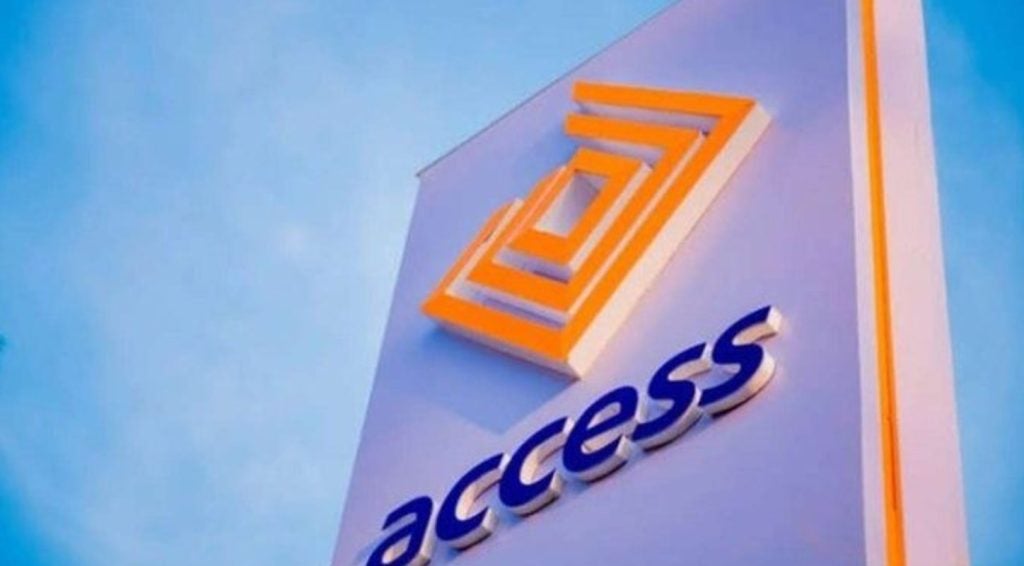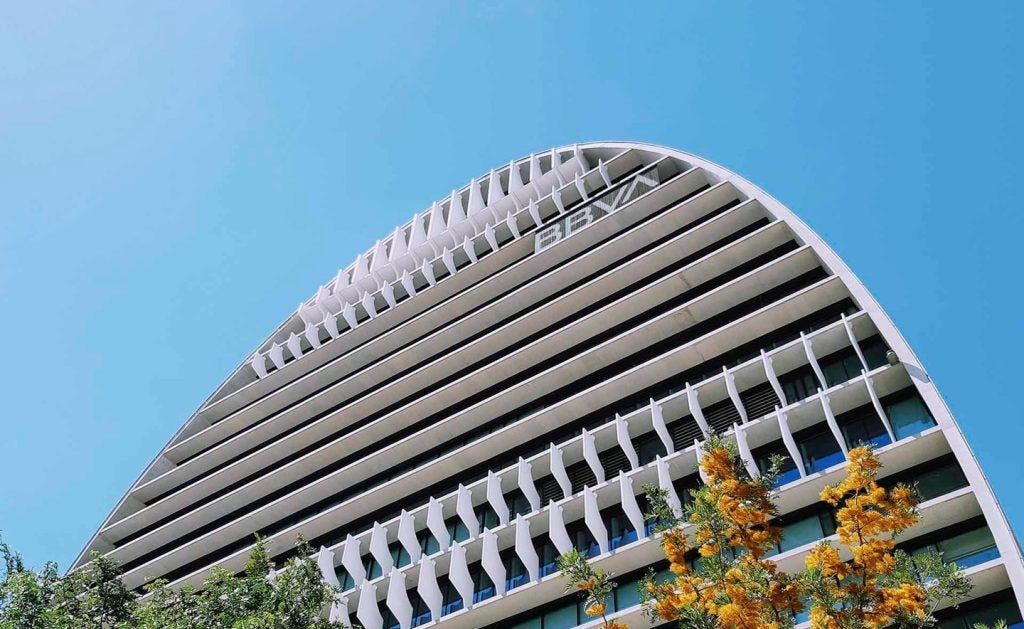Current bank advertising in the US reflects conditions
underfoot: for every bank scrambling to reassure shaken customers,
another touts its relative strength. And then there is HSBC, which
has launched arguably the boldest and most positive ad pitch of the
year. Charles Davis and Douglas Blakey report.
The extraordinary ongoing global economic dislocation makes bank
marketing a delicate art these days, but the boldest among the
survivors are beginning to make themselves heard.
And no bank is creating such a splash as Europe’s largest bank
by market capitalisation, HSBC, with its ‘Different Values’
campaign, which debuted in September.
The HSBC marketing blitz features prominent ads in US daily
newspapers, monthly magazines including Vanity Fair,
Vogue and Esquire, network and cable TV, outdoor
spots in New York (billboard and bus shelter) and an online
campaign. The bank has also invested in high visibility
store-scapes, taking over shop-front windows in leading New York
City retail stores.
Elsewhere, just as the dust begins to settle from the largest
federal intervention in the history of the modern banking industry,
JPMorgan Chase is working to calm clients as well as to welcome
millions of new customers, gained literally overnight in
September.
On 25 September, the Federal Deposit Insurance Corporation
(FDIC) put Washington Mutual (WaMu) into receivership and then
minutes later sold WaMu to JPMorgan Chase for $1.9 billion. Tom
Kelly, a spokesperson for JPMorgan Chase, told RBI that
the “once in a lifetime” situation called for some fleet-footed
communication with WaMu customers, as well as with existing
JPMorgan Chase ones, who were watching the saga play out in the
news media.
How well do you really know your competitors?
Access the most comprehensive Company Profiles on the market, powered by GlobalData. Save hours of research. Gain competitive edge.

Thank you!
Your download email will arrive shortly
Not ready to buy yet? Download a free sample
We are confident about the unique quality of our Company Profiles. However, we want you to make the most beneficial decision for your business, so we offer a free sample that you can download by submitting the below form
By GlobalData“To say that this was an unusual situation would downplay it
quite a bit,” Kelly said. “WaMu had just lost $16 billion of their
assets in about 10 days. Their customers were concerned, and some
were downright frightened.
“They had branches in a lot of IndyMac footprints, and remember,
people over the FDIC insurance limits in the IndyMac seizure wound
up getting 50 cents on the dollar for their deposits above that
$100,000 FDIC level, so the panic level was there.”
Overnight transaction
In a typical bank acquisition, time is not an issue. The
acquiring bank sculpts a press release, makes the CEO and CFO
available for interviews, and then takes six to eight months to
complete the harder, behind-the-scenes work of integrating the
deal. In the JPMorgan-WaMu deal, the banks completed that
transaction overnight.
“We found out about the deal at 6:16 pm on September 25 in
California, and in the morning we had added WaMu customers
overnight,” Kelly said. “There was the business story on the one
hand, but more importantly, there was the consumer angle, and we
wanted to make it as clear as we could in a box that says, ‘What
People Need to Know, and What They Need to Do’.”
And, to announce the deal and incorporate a bit of WaMu’s
irreverent marketing flair, JPMorgan launched an ad to reassure
WaMu’s customers. The ad, written from WaMu’s perspective, was
titled, “WaMu, now part of Chase” and explained why the Seattle
company liked the new “safe and secure” arrangement.
The tagline is classic: “We love Chase. And not just because
they have a trillion dollars.”
“We were really trying to get a bit of that WaMu culture in
there, so that the WaMu base would realise that things are going to
be alright,” Kelly said.
He said the goal was to reassure while also adding just a bit of
levity to an endlessly depressing situation. The goal? End the run
on bank deposits by skittish WaMu customers. It worked: Kelly said
that since the ads launched, JPMorgan Chase has had positive
deposit inflows into the bank.
WaMu’s California-based agency – TBWA/Chiat Day – and JPMorgan
Chase’s New York agency – McGarryBowen – are collaborating on the
ads in an unusual cross-country venture made necessary by the
deal.
“There hasn’t been time to sort out who is doing what going
forward, so we just got everyone together and brainstormed,” Kelly
said. “There has been an incredible amount of conference calling,
that I can assure you.”
Moving forward, Kelly said that other marketing challenges
remain, namely the fact that while WaMu is now a part of JPMorgan
Chase, its customers can avail themselves of Chase ATMs but not
Chase branches just yet.
“It is going to be tricky for a while, because we can say, ‘WaMu
is now Chase’, but practically, the brands are sitting side by side
for now,” he said.
“So we are thinking now of ways to keep the message on comfort
and tell them, ‘WaMu is still WaMu. It is just owned by Chase’
until we can work out all the conversion issues.”
One thing is certain: those WaMu ‘Who Hoo!’ ads that created
such a buzz earlier in the year are gone. An exultant customer
jumping for joy seemed a bit inappropriate at the moment.
Other banks are also recalibrating their messages to better
reflect the tenor of the times. Some hammer away at the strength of
their balance sheet.
The $300 million-asset Evergreen Federal Bank in Grants Pass,
Oregon, ran an ad in a local newspaper that said: “Evergreen
Federal Bank does not need a taxpayer bailout! If other banks had
run their bank like Evergreen Federal, there would be no need for
the government to ask you to pay $700 billion! … If you want to
do business with a bank that is not going to ask you to pay more
taxes to bail them out, come to Evergreen Federal Bank.”
Evergreen’s ad also includes a copy of its most recent
balance-sheet statement. But few bank marketing efforts have
provoked as much comment among marketers as HSBC’s decision to buy
24 ad pages in an October issue of the glossy New York
Magazine.
Recalibrating messages
“Like our customers, New York Magazine readers are
open-minded, engaged, stimulated by many things in life – much like
our customer profile. They have a global outlook, similar to our
profile as an organisation. Demographically, our customer-base is
very similar to the readers of NY Magazine,” said the
bank’s executive vice-president North America, Linda Recupero, in
an interview with RBI.
The ad creative, which the bank developed with its media agency
JWT, centre on a single picture of an everyday object repeated
three times, each with a different take on the interpretation of
the image.
For example, an image of Alaska is shown with the text “beauty”,
“conservation,” and “exploration”, while the words for chocolate
are “reward”, “guilt” and “nutrition”.
According to Recupero, the campaign has got off to a flying
start.
“We have received a lot of customer reaction through phone calls
and emails about their interpretation of it – what it means, why we
are doing it – and interesting/different reactions to different
executions of the campaign,” she said.
The bank has also noted blogging activity around the campaign,
comment on social networking websites as well as healthy viewing
figures of its TV ad on the YouTube website.
The TV ad, called ‘Lumberjack’, portrays a woman who is arrested
in protest at a logging operation who is also romantically linked
with the lumberjack.
The voiceover at the end of the ad says: “The more you look at
the world, the more you recognise that people value things
differently.”
Recupero sums up the thinking behind the campaign as HSBC
showing it understands that people are not just about numbers.
“They are about the things they work for, plan for and save for
– the stuff that can’t be measured by numbers.”
“People are reappraising not just how and where they manage
their money, but what is really important in life and by
understanding what people value, we will be able to serve them
better today and in the future.”
Customer engagement extends to the next phase of the ‘Different
Values’ campaign, with the bank launching an online competition
which invites entrants to create the next ad.
“We are always interested in our customer’s opinions about our
brand and our advertising, but this is the first time in the US we
have solicited creative input from consumers,” Recupero told
RBI.
And while the campaign, which the bank believes will appeal to
the mass affluent sector of the market, contrasts sharply with a
number of major US banks which have slashed their ad budgets,
Recupero insists the campaign was planned months ago.
“We don’t discuss/disclose our advertising budgets, however, the
spend for the ‘Different Values’ campaign was well within the
planned US budget,” she said.
The retail brokerage sector has also witnesses a burst of fresh
ad activity, with Charles Schwab keen to keep the focus on its core
strengths – advice and planning – in a series of ads that combine
guidance and reassurance, said Matt Hurwitz, director of corporate
public relations for Schwab.
“During times of market uncertainty, our clients are generally
more highly-engaged and are paying closer attention to their
investments, Hurwitz said. “We realise there are elevated levels of
concern, so our hope is that clients reach out to us so we can
provide whatever support is needed.”
A new Schwab spot, called ‘Corkscrew’, depicts a man uncorking a
bottle of wine and talking about stock ups and downs. The tagline
reads: “Market conditions vary. Good advice doesn’t.”
“The ad was based purely on consumer sentiment,” Hurwitz said.
“We understood people were likely feeling overwhelmed with the
market volatility and overloaded with information with the
heightened coverage on the financial markets.
“We wanted to communicate that Schwab could help them make sense
of it all and develop a plan that was aligned with their objectives
and risk tolerance.”
Separate ad campaigns have also been rolled out by TD Ameritrade
and E*Trade, with the latter’s ad creative entitled ‘Stress Relief’
‘Survival Kit’ and ‘If it’s broke, fix it.’







